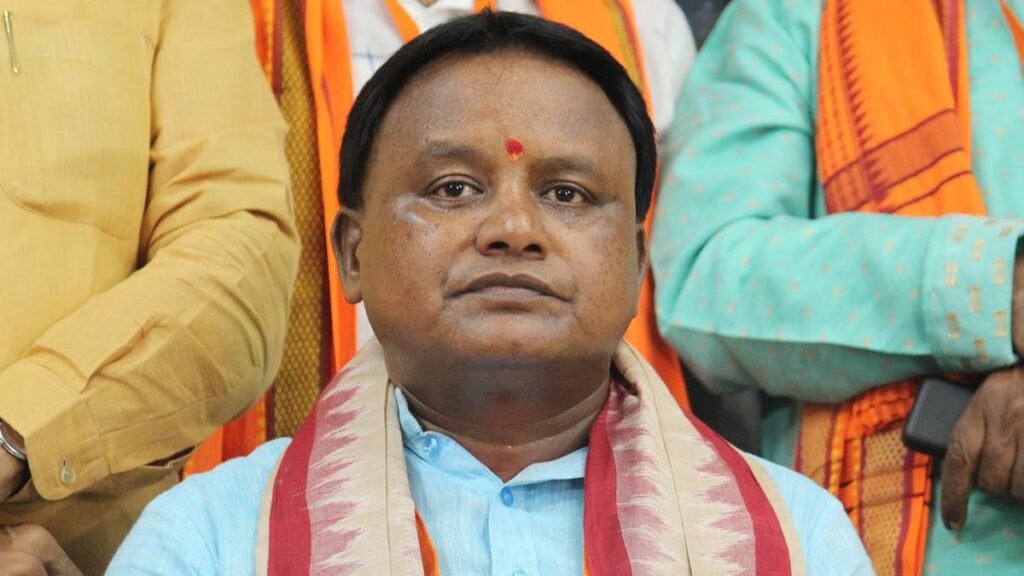
In a significant move to promote equity and inclusion in higher education, the Odisha cabinet has approved an 11.25% exclusive reservation for Socially and Economically Backward Classes (SEBC) students in public universities and government-aided institutions. The decision, aimed at enhancing access to education for marginalized communities, will come into effect from the 2025-26 academic session.
The decision was made during a cabinet meeting chaired by Chief Minister Mohan Majhi, with the intention to improve the Gross Enrolment Ratio (GER) and increase educational opportunities for SEBC students in Odisha. The policy will be uniformly implemented across various state departments, including School & Mass Education, Higher Education, Odia Language and Literature & Culture, and Sports & Youth Services.
With the implementation of this reservation, Odisha will have a total reservation quota of 50% in higher education, in line with the Supreme Court’s ceiling on vertical reservations. Along with the new 11.25% SEBC quota, the state will continue to provide reservations for Scheduled Tribes (ST) at 22.5% and Scheduled Castes (SC) at 16.25%. Additionally, Odisha maintains a 5% horizontal reservation for people with disabilities and 1% for the wards of ex-servicemen and war veterans.
Historically, Odisha has not provided SEBC/OBC reservation in educational institutions, despite offering a similar quota in government jobs. However, the SEBC reservation in education became a pressing issue in recent years, as advocacy groups and political demands from OBC communities gained momentum. An OBC survey in 2023 revealed that 39.31% of Odisha’s population falls under the socially and educationally backward category, strengthening the case for educational quotas.
Experts pointed out that the Biju Janata Dal (BJD), which has dominated Odisha’s political landscape for over two decades, had previously avoided the SEBC educational quota issue in favor of prioritizing SC and ST communities, who form a significant electoral base. However, the growing demand from SEBC advocacy groups has led to a shift in policy.
While the 11.25% quota is lower than the 27% OBC reservation seen at the national level, it is considered a significant step toward meeting the aspirations of OBC groups in Odisha. Political analysts believe this move will help alleviate social unrest and reduce political pressure from these communities.
Union Education Minister Dharmendra Pradhan, an influential OBC leader from Odisha, welcomed the decision, calling it a step towards empowering SEBC communities and promoting social justice. In his statement, Pradhan emphasized that this move would align with the National Education Policy and contribute to building a more developed Odisha and India. He also noted that the BJD government had previously neglected SEBC demands, despite requests for such reservations.
This policy shift is expected to have a long-term impact on improving educational opportunities for SEBC students in Odisha and enhancing social justice in the state. The implementation of this quota will likely encourage greater enrollment in higher education, particularly from marginalized communities.
The Odisha government’s decision is seen as a positive step towards reducing inequality in education, fostering social mobility, and contributing to the overall development of the state.
Sources By Agencies

